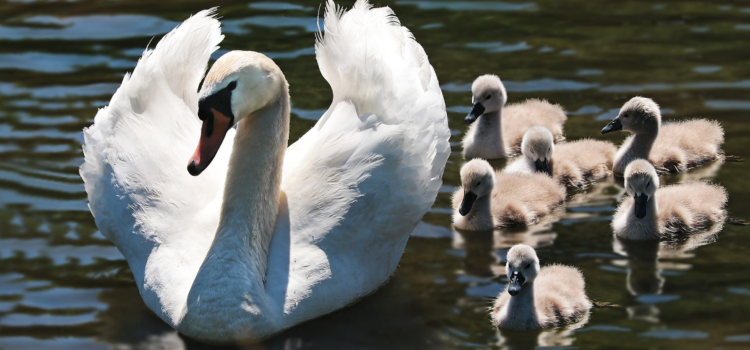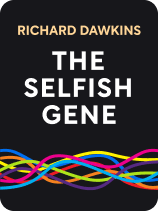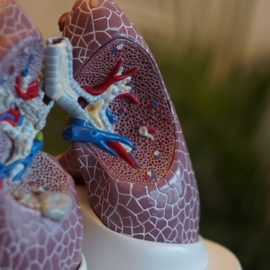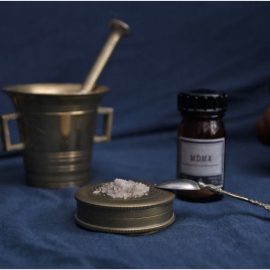

This article is an excerpt from the Shortform book guide to "The Selfish Gene" by Richard Dawkins. Shortform has the world's best summaries and analyses of books you should be reading.
Like this article? Sign up for a free trial here .
What is Hamilton’s Rule? How does Hamilton’s Rule help quantify kin altruism?
Hamilton’s Rule is a mathematical representation of kin altruism. It compares the relatedness and benefit of helping to the cost of doing so.
Keep reading for more about kin altruism and Hamilton’s Rule.
Kin Altruism and Hamilton’s Rule: Background
Now we’ll explore how and why animals show altruistic behaviors, especially toward their family members. Genes don’t just act to protect the individual they’re inside of. We know this because animals frequently help their offspring and relatives, even at risk to themselves. This makes sense if we consider a “selfish gene” to be all copies of that gene across the entire population. Then we can assume that individuals will act to protect other individuals who are likely to have the same gene.
Before considering the quantified version of kin altruism, represented by Hamilton’s Rule, we can consider the perceptions and psychology behind these behaviors. The perceived likelihood of relatedness could come from a physical characteristic that the gene gives. For example, if there were a gene for purple hair, you might expect one purple-haired person to act altruistically toward another. However, the odds of a single gene providing both “purple hair” and “altruism toward purple hair” characteristics are astronomical—remember that genes aren’t conscious, and can’t choose what effects they have on their hosts. Granted, it’s possible that those two genes might tend to be inherited together, as they provide a mutually beneficial environment.
However, a much easier way for genes to “recognize” themselves in others is through family relations. By definition, close family members will share a lot of the same genes. While it would be very unlikely for a gene to code both for a trait and for altruism toward that same trait, a gene that codes for altruism toward relatives would be successful all on its own.
Therefore, it should be expected that animals will be altruistic to their family—the more closely related they are, the more altruistic they’ll be. Assuming sexual reproduction, an animal’s offspring will share half of its genes. A sibling will, on average, also share half of the same genes.
Therefore, from a purely logical standpoint, an animal should consider its child or sibling to be worth half as much as its own life, in terms of preserving genes. That value will go down with more distant relatives. For example, a grandchild will only have 1/4 of the animal’s genes, so should only be valued at 1/4 of the creature’s life. You could calculate the “relatedness” of any animal to another by creating a family tree, and counting how many branches you have to move up and down the tree to get from one to the other.
If g is the number of branches traveled, the relatedness would be (1/2)g
That equation assumes only one common ancestor. If there are more, multiply the result by the number of common ancestors in the most recent generation that has them.
Recognizing Kin
Naturally, the previous section raises the question of how animals recognize their relatives—or even whether they do. It’s possible that some animals recognize each other simply by appearance, and act altruistically toward animals that resemble them. Others might act altruistically toward any member of their species that happens to be nearby. In that case, we could assume that the odds of any given member of the species being a relative are good enough to make the altruism worth the risk. These behaviors arose due to common situations in nature, and they can misfire—or be made to misfire, like when farmers make nesting hens sit on eggs that aren’t their own.

———End of Preview———
Like what you just read? Read the rest of the world's best book summary and analysis of Richard Dawkins's "The Selfish Gene" at Shortform .
Here's what you'll find in our full The Selfish Gene summary :
- Why organisms don't matter, only genes do
- How all life forms begin with a replicating molecule
- How species need to balance aggression and pacifism to survive






